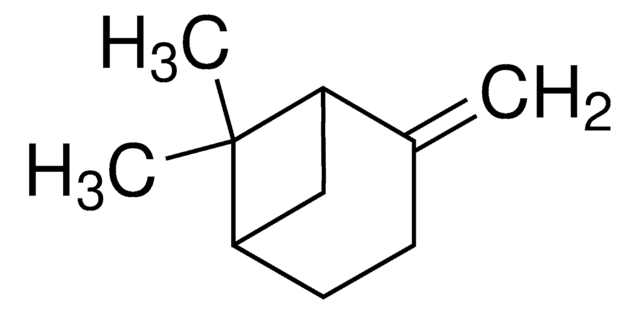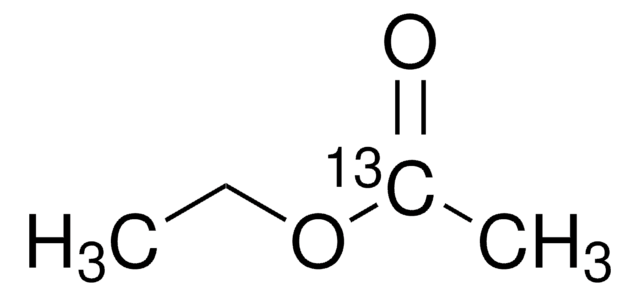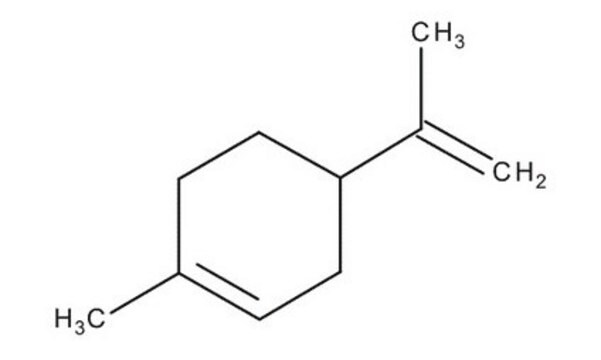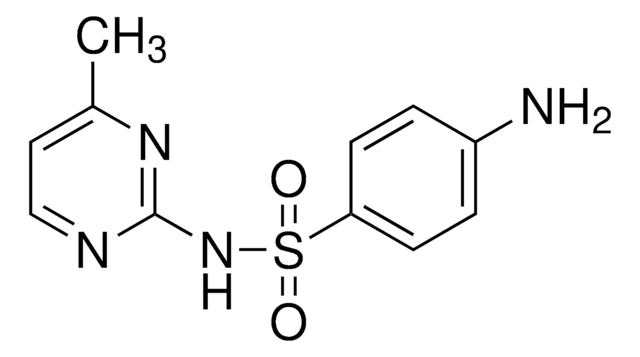24-1400
Fenolo
SAJ first grade, ≥98.0%
Sinonimo/i:
Idrossibenzene
About This Item
0.36 mmHg ( 20 °C)
Prodotti consigliati
Grado
SAJ first grade
Densità del vapore
3.24 (vs air)
Tensione di vapore
0.09 psi ( 55 °C)
0.36 mmHg ( 20 °C)
Saggio
≥98.0%
Stato
solid
Temp. autoaccensione
1319 °F
Limite di esplosione
8.6 %
Disponibilità
available only in Japan
pH
~5 (20 °C, 50 g/L)
P. ebollizione
182 °C (lit.)
Punto di fusione
40-42 °C (lit.)
Densità
1.071 g/mL at 25 °C (lit.)
Stringa SMILE
Oc1ccccc1
InChI
1S/C6H6O/c7-6-4-2-1-3-5-6/h1-5,7H
ISWSIDIOOBJBQZ-UHFFFAOYSA-N
Cerchi prodotti simili? Visita Guida al confronto tra prodotti
Avvertenze
Danger
Indicazioni di pericolo
Classi di pericolo
Acute Tox. 3 Dermal - Acute Tox. 3 Inhalation - Acute Tox. 3 Oral - Aquatic Chronic 2 - Eye Dam. 1 - Muta. 2 - Skin Corr. 1B - STOT RE 2
Organi bersaglio
Nervous system,Kidney,Liver,Skin
Codice della classe di stoccaggio
6.1A - Combustible acute toxic Cat. 1 and 2 / very toxic hazardous materials
Classe di pericolosità dell'acqua (WGK)
WGK 2
Punto d’infiammabilità (°F)
177.8 °F - closed cup
Punto d’infiammabilità (°C)
81 °C - closed cup
Scegli una delle versioni più recenti:
Possiedi già questo prodotto?
I documenti relativi ai prodotti acquistati recentemente sono disponibili nell’Archivio dei documenti.
Il team dei nostri ricercatori vanta grande esperienza in tutte le aree della ricerca quali Life Science, scienza dei materiali, sintesi chimica, cromatografia, discipline analitiche, ecc..
Contatta l'Assistenza Tecnica.









